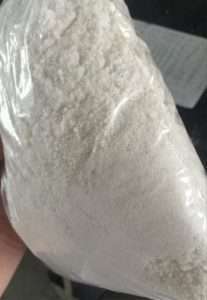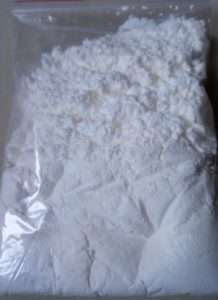
Synthetic cannabinoid (SC) designer drugs based on indole and indazole scaffolds and featuring l-valinamide or l-tert-leucinamide side chains are encountered with increasing frequency by forensic researchers and law enforcement agencies and are associated with serious adverse health effects. However, many of these novel SCs are unprecedented in the scientific literature at the time of their discovery, and little is known of their pharmacology. Here, we report the synthesis and pharmacological characterization of AB-FUBINACA, ADB-FUBINACA, AB-PINACA, ADB-PINACA, 5F-AB-PINACA, 5F-ADB-PINACA, ADBICA, 5F-ADBICA, and several analogues.
All synthesized SCs acted as high potency agonists of CB1 (EC50 = 0.24-21 nM) and CB2 (EC50 = 0.88-15 nM) receptors in a fluorometric assay of membrane potential, with 5F-ADB-PINACA showing the greatest potency at CB1 receptors. The cannabimimetic activities of AB-FUBINACA and AB-PINACA in vivo were evaluated in rats using biotelemetry. AB-FUBINACA and AB-PINACA dose-dependently induced hypothermia and bradycardia at doses of 0.3-3 mg/kg, and hypothermia was reversed by pretreatment with a CB1 (but not CB2) antagonist, indicating that these SCs are cannabimimetic in vivo, consistent with anecdotal reports of psychoactivity in humans.

AB-FUBINACA, ADB-FUBINACA, AB-PINACA, ADB-PINACA, 5F-AB-PINACA, 5F-ADB-PINACA, ADBICA, and 5F-ADBICA are indazole synthetic cannabinoid designer drugs.
Spice, Kronic, K2, Tai High, and Zeus are examples of synthetic cannabinoid-containing products that have been available in Australia from around 2010. Despite the fact that these goods are labeled as “incense” or “aromatherapy” and “not for human consumption,” their branding and packaging indicate that they are designed for smoking or vaporizing as unregulated cannabis replacements. In both the United States and Australia, the use of synthetic cannabis products has been connected to several hospitalizations and deaths.
The current project’s specific goals may include determining whether the biological and harmful effects of SCs are solely mediated by cannabinoid (CB) receptors, or whether other mechanisms are involved. 2. SC structural components that influence CB receptor activity and/or toxicity 3. Whether cannabinoid 1 receptor (CB1R) affinity and effectiveness in vitro predict SC effects in vivo 4. Whether SCs induce acute and long-term toxicity indications in laboratory animals that are comparable to those seen in humans.

